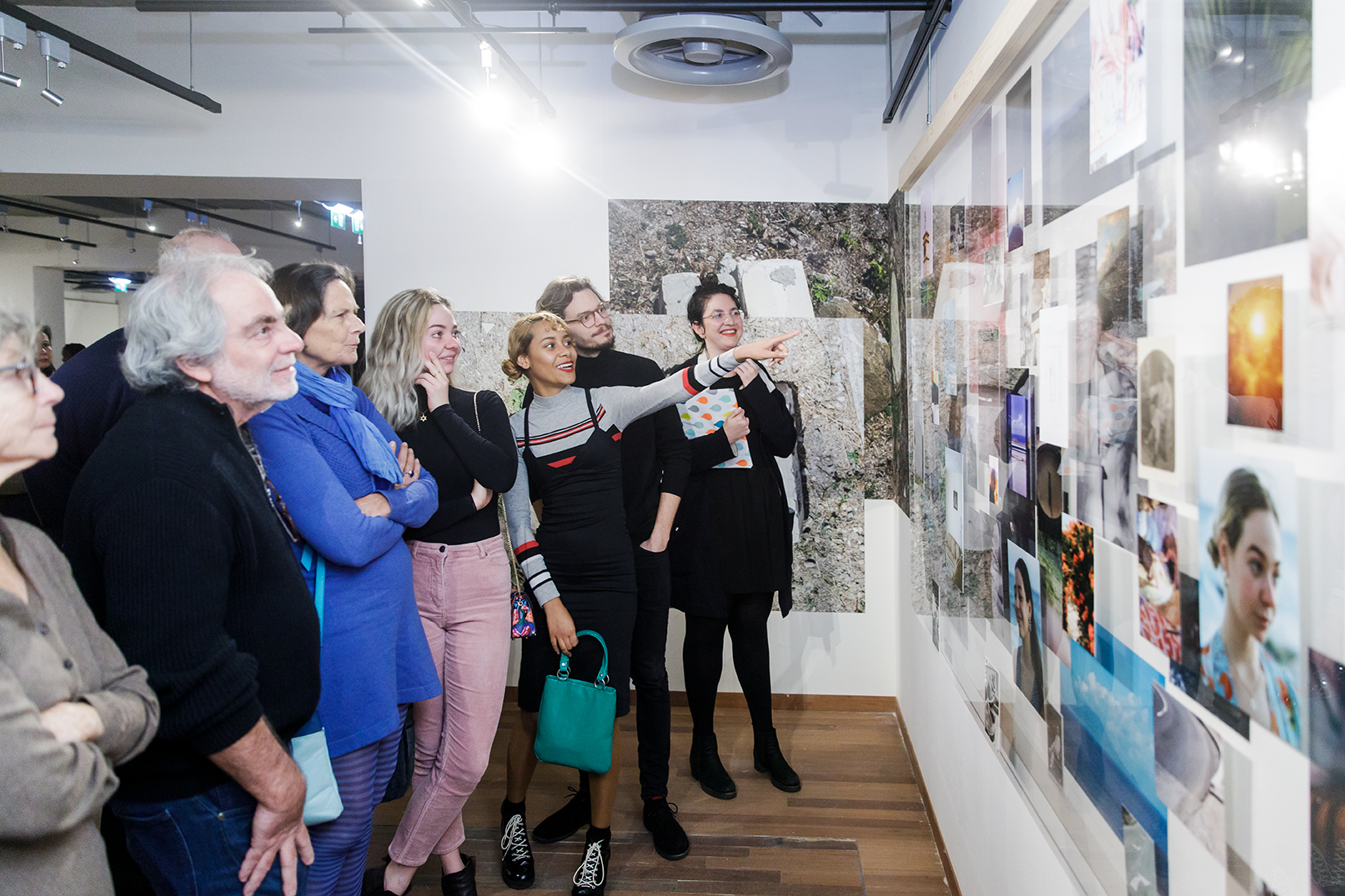
“Galitzian Jew Stuck In Sint Martin, Makes A Life And Has A Heavy Problem” is the headline given to the letter written by Isaac Gerstenbluth (my great-grandfather) published in the advice column of the New York-based, Yiddish newspaper called ‘the Forward’ (or ‘Forverts’ in Yiddish). The message and it’s response, titled “Don’t go back to Poland”, are both dated January 1938 (eight months before World War Two officially started) and have been kept in family photo-albums in Curaçao for over 70 years in Curaçao. The story goes that, without them, our history would have probably looked very different (or, more likely, non-existent).
Where the letter, as well as the story from various family members, recount a laborious life, detailing religious exile, isolation, a want to return home, the loss of a child and an ill-adjustment to the intense climate, colours and people on the island — images that were kept in photo albums in New York paradoxically show my great-grandfather and his family in white linen clothing and lounge chairs surrounded by flourishing tropical gardens in St. Martin. These images, scanned and captioned by other great-grandchildren of Isaac in New York, show the family as successful and comfortable in what is actually a completely new and foreign world to them.
Although the letter has been in our family archive for over 70 years, this has been the first time that we - as a family - decided to translate our history together. The slow and confusing methodology of translating Isaac’s letter and the answer he received from Yiddish to English by my mother, brother, uncle and myself, formed the basis of the visual methodology employed throughout the work. Vowels, words, and, eventually sentences, slowly escape their mouths. Yiddish is hardly spoken in the family anymore, let alone read. The story that has been watered down for more than 70 years through word of mouth and partially translated bits and pieces comes to light — and is told as if it was for the first time.
For the installation, specially made for the exhibition "IDENTITIES: Contemporary Caribbean Perspectives" (Wereldmuseum, Rotterdam), these dialectic stories are told together for the first time. The images, all taken on Sint Maarten and Curaçao, follow the same emotional and saturated colour- and visual language. The very personal experience of translating these letters, the repetition and overlapping of words and conversations that have continually popped up throughout the process - form the base of the work. Similar images are literally repeated, each giving a different perspective of the same moment, and images are physically overlapped in two plexiglass layers. These layers, almost invisible when walking by, create physical space within these contemporary and scanned family album images to introduce new combinations from each angle. Between these contemporary and “new” older monochromatic images, and the letters that bear witness to a time that is now set in ink, this project is somewhat of an ode to the inconsistencies in translation, the personal touches within family archiving, and how histories can be mutated, watered down and resurface within several generations — and tell a completely new story with each reciting.

PUBLICATION (OUT NOW)
The very personal experience of translating these Yiddish letters, the repetition and overlapping of words and conversations that have continually popped up throughout the process - form the base of the publication. At times, images are literally repeated; each giving a different perspective of the same moment, and are physically overlapped by semi-transparent stickers.
Following the Hebrew (and Yiddish) reading direction (from right to left instead of left to right), the book is (in essence) read from back to front: the first page of the story becomes the last, and vice versa. The original letters and their literal translation seem hidden, but can be found on the inside of the folded cover. As a result, this work ensures that the Yiddish language and its meanings, which are slowly dying out, are not forgotten.
The main purpose of this publication is to bring together Jewish and Caribbean histories. Often these stories of migration are remembered and experienced as “just” Jewish stories - and we see this reflected in how the Jewish stories are told within the islands: a separate element in Caribbean history.
Specifications
Design: Jan-Pieter Karper
Print: Libertas Pascal
Format: 240mm x 340mm
44 pages consisting of glossy and uncoated paper and partially covered with photographic images made out of sticker material. The cover is a four-page fold-out.


Exhibited In:
“IDENTITIES: Contemporary Caribbean Perspectives” at Wereldmuseum, Rotterdam
Featured On:
AD Rotterdam
Dipsaus Podcast “Bonus - Expo: Identities @Wereldmuseum”
This work would not have been possible without the generous funds of Research Center for Material Culture (Leiden) and Wereldmuseum (Rotterdam).